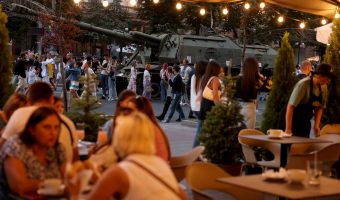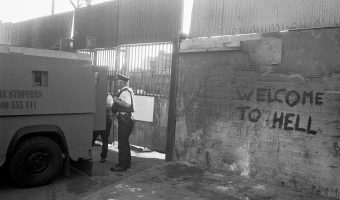Volunteer Pick – Ray K. Metzker: Landscapes
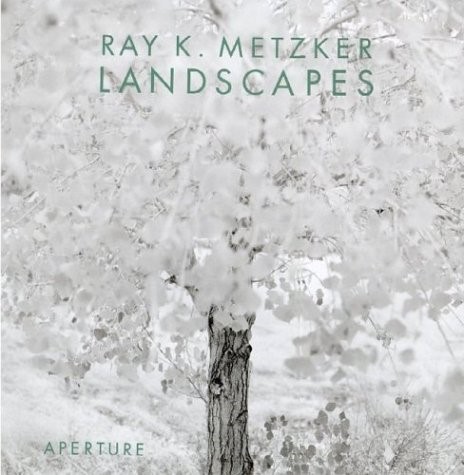
VOLUNTEER PICK
Ray K. Metzker: Landscapes
Book review by Iain James – volunteer at Belfast Exposed
For most of his long career, Ray K. Metzker photographed the streets of Chicago and Philadelphia, cityscapes dominated by dark tones with shafts of light picking out details. He was an experimental photographer, also famous for his ‘Double Frame’ and ‘Composite’ series of images where a single work is created from two adjacent negatives on a roll of film or from the entire roll. From a distance the composites look like abstract mosaics. Closer up they are a series of individual frames, which can be read either sequentially or as a whole. There are examples of both cityscapes and composites on a number of websites, for example, The Earthly Delights of Ray K Metzker, Seattle Star 5 December 2013 (https://www.seattlestar.net/2013/12/the-earthly-delights-of-ray-k-metzker/). For about 13 years, between 1985 and 1998, Metzker turned his focus to landscape photography and produced a significant body of work that is relatively neglected compared to his street photography.
‘Landscapes’ is a wonderful collection of Metzker’s photographs from these years with 79 high quality pictures from 12 different photographic series and a comprehensive essay by Evan H Turner covering Metzker’s life and work, with (naturally!) particular emphasis on the landscapes.
One of the major themes in landscape photography since the 1970s has been the acknowledgement of, comment on and criticism of the impact of human society on landscape and nature. Ray K. Metzker’s philosophy was different. There is no hint of human influence in his pictures. He was not trying to make explicit social or political points. He saw landscape as a spiritual place, not a place to be conquered or one that had been altered by humans.
Metzker looked for complexity rather than simplicity in his photographs. He liked drama and avoided conventional scenes. On one trip to the Greek islands he introduced objects, found by chance, directly in front of the lens to interrupt what he regarded as static images dominated by the horizon and hazy cloudless skies. He called this approach ‘Pictus Interruptus’ and returned to it in various guises throughout his career.
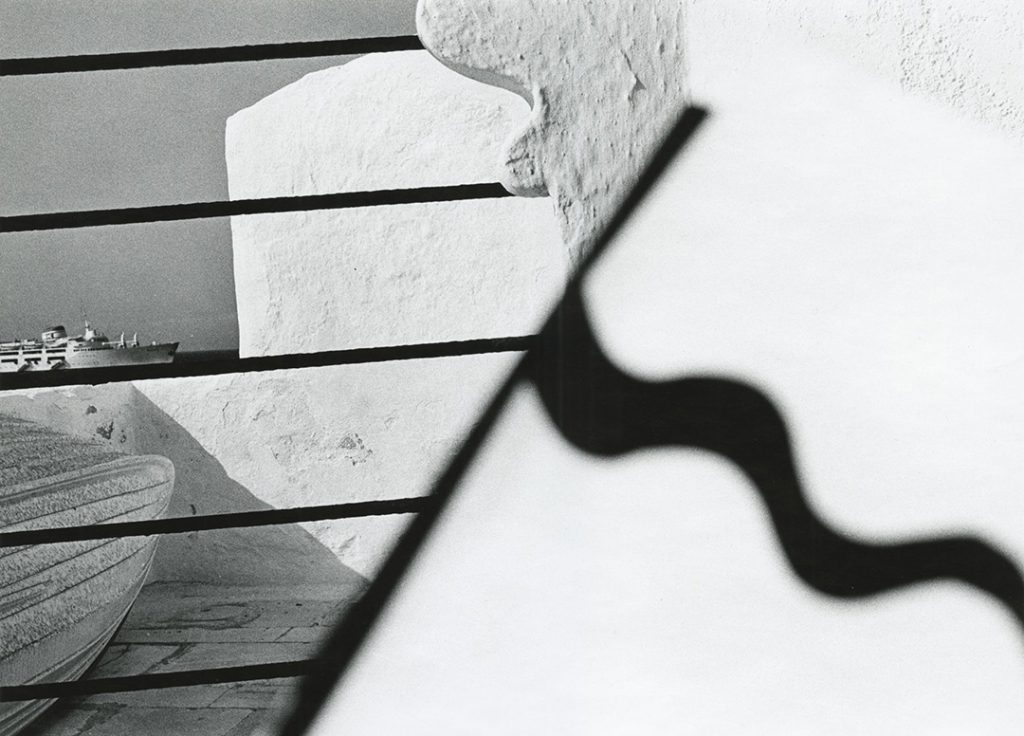
Metzker’s landscape pictures are full of light, in contrast to the dark tones of the cityscapes. He often reversed the usual conventions and used light tones as the base of his photographs with dark tones picking out accents. The pictus interruptus elements in the photographs are provided sometimes by the introduction of a large white shape (cloth or card) into the picture, but more often by having a natural central element of the scene out of focus. Usually this would be in the foreground, but by using differential focus he might also have the background out of focus, or might have the mid ground in focus and both foreground and background out of focus.
Metzker was looking to find the spirit of the scene, not a record of the place. According to Evan Turner (Landscapes p117).
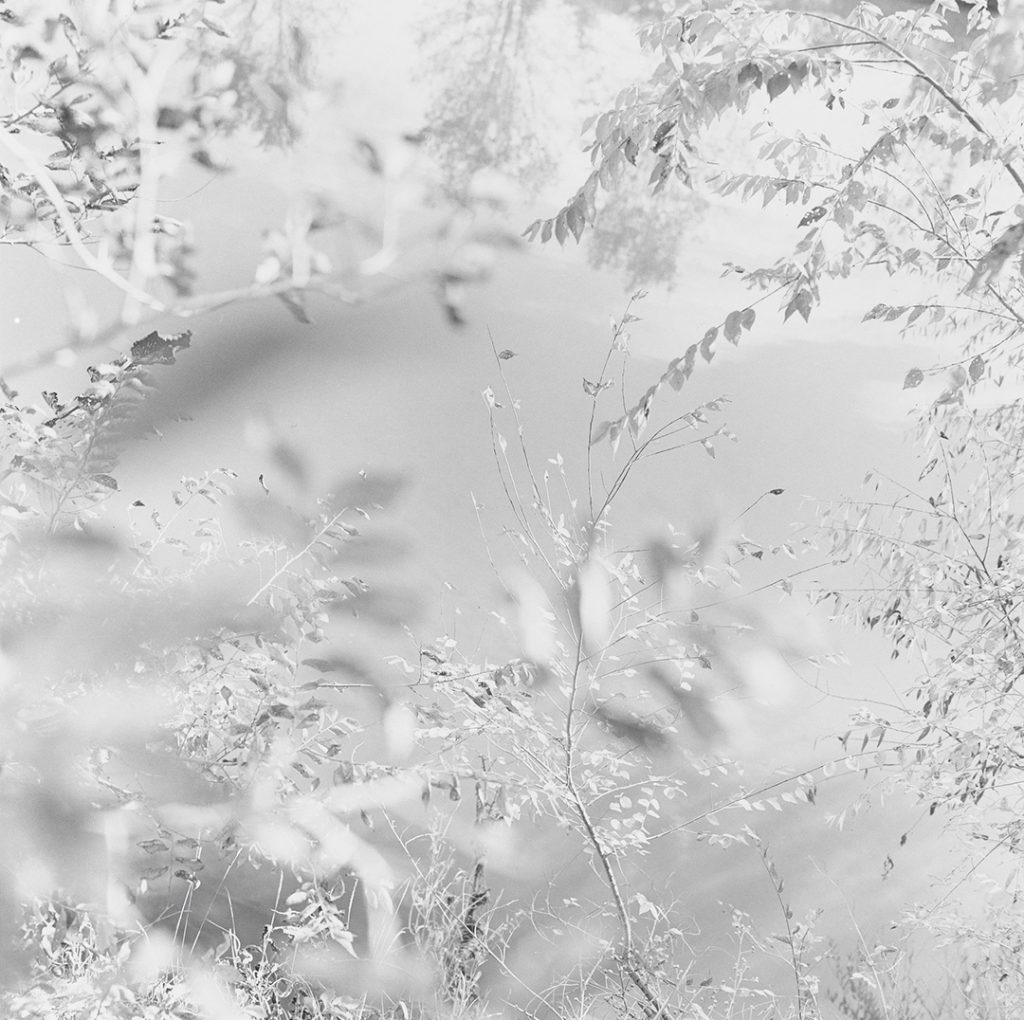
‘His subject might be seen as “every landscape”. Those qualities characteristic of nature everywhere are the concern, not the peculiarities of a single place, combining a number of diverse voices or elements to effect dissonance.’
The pictures show detail rather than wide panoramas. Complexity comes from the apparently chaotic pattern of trees, branches, twigs and leaves, but there is often a focal point somewhere. Ray Metzker himself compared his photographs to music (Landscapes p116).
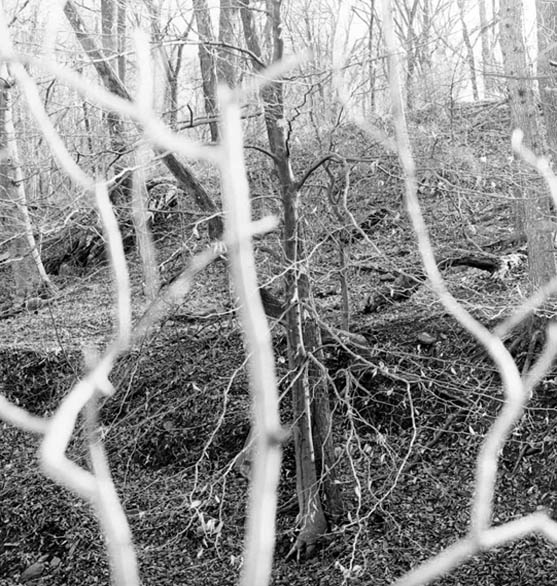
‘There are times when you are not dealing with melody – there is not a clear line of music……. You have what is practically a cacophony, where somehow all the instruments can be playing and at once – that moment’s so charged, it’s so potent – Just brings you up to a peak point. Then there are other times when you can have thirty violins bowing and somewhere there is a piccolo or a clarinet – maybe over there one cello – and it’s powerful and rich as well’.
Metzker was ‘seeking the extraordinary in the ordinary’ and in my view often succeeded in finding it. His pictures are unique and wonderful.


